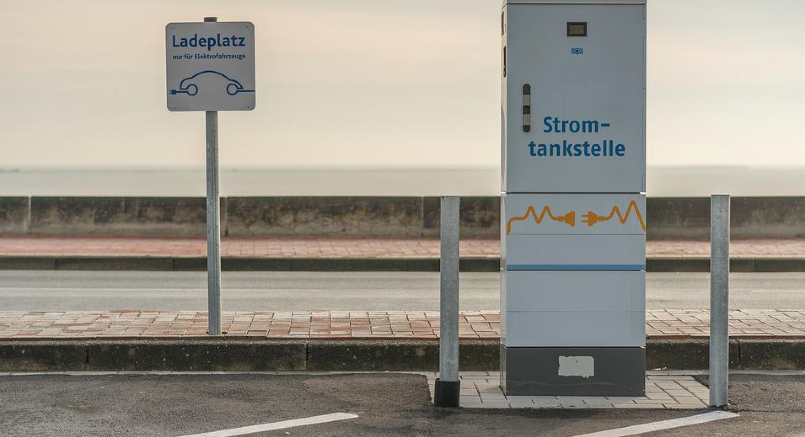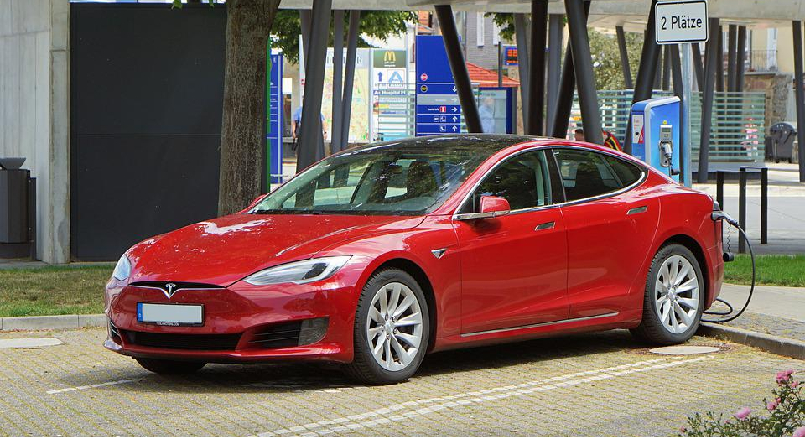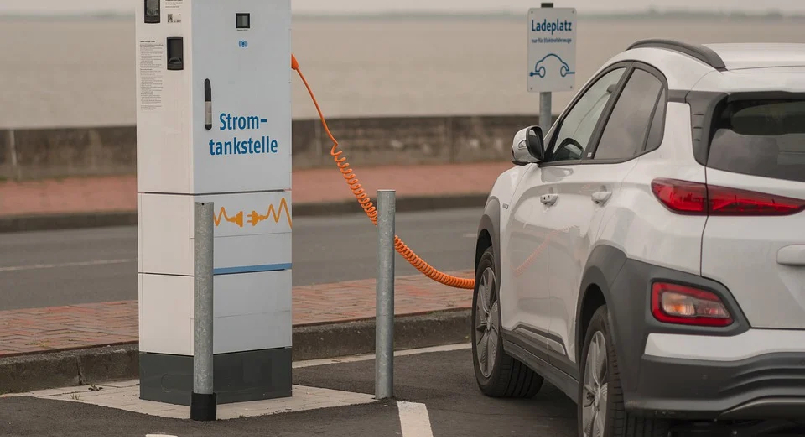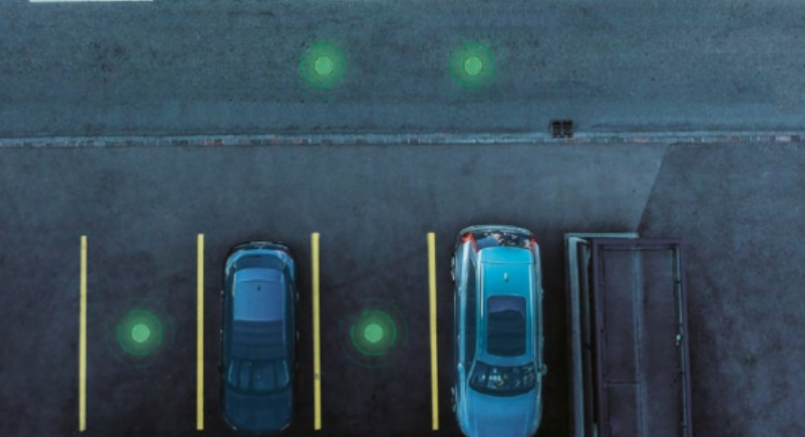Where do we stand with e-mobility - and where do we go from here?

LTS AG has developed TAPS, a system that reliably detects whether charging stations are free or occupied. This information can be used to make e-charging much easier. However, the following article will first focus on the state of e-mobility in Switzerland.
What is the current status of e-mobility in Switzerland?
In June 2022, 21 percent of newly registered cars were all-electric models. A further 7.2 percent of the vehicles registered in that month were plug-in hybrids. Comparing Switzerland's figures with those of countries in the European Union, it ranks seventh. In the case of cars powered exclusively by electricity, it is even in fifth place.
These are figures that give cause for optimism - especially in view of the fact that there are no purchase premiums for e-cars in this country. Only tax breaks are intended to offer potential buyers an incentive. The number of charging stations is also increasing every year. While there were around 2500 stations in 2019, there were almost three times as many in January 2022 with around 7150.
But for the nearly 500,000 e-cars registered in Switzerland, this number is clearly too low. In addition, there are cantons where there are hardly any publicly accessible charging stations. At the beginning of 2022, for example, there were only 13 such charging stations in Appenzell Innerrhoden and only 16 in Obwalden. So something urgently needs to be done about e-charging.
What goals has Switzerland set for e-mobility?

By 2025, the share of e-cars and plug-in hybrids in new registrations is expected to increase to 50 percent. By then, there should also be 20,000 public charging stations in Switzerland.
According to the Swiss Federal Office of Energy, the focus here is on improved infrastructure for people who live in apartment buildings. This is because they do not own a plot of land on which they can install a wallbox or similar solution. Only a well-developed network of public charging stations creates an incentive for the entire population to switch to e-mobility.
How does charging at a charging station work?

E-charging differs in several aspects from the old familiar refueling with fuel. First of all, it takes significantly longer for an e-car's battery to be full. After all, there are now fast-charging stations where you can increase the range of your vehicle by 250 to 750 kilometers per hour. Nevertheless, an hour's wait should not be underestimated.
Some public charging stations, for example in supermarket parking lots, can be used free of charge. Others are chargeable, so there is a fee for charging. This depends on the provider of the charging station.
Finally, you pull the cable out of the car and out of the station. Now you can continue your journey.
The e-charging process is as follows:
The charging station is activated.
Then you connect your car to the station using a charging cable and start the charging process.
Then you wait until the desired charge level is reached. You can use this time for shopping or a walk through the city, for example.
Once the charging process is complete, the user logs off from the provider. When the car is fully charged, the process stops automatically.
Zum Schluss zieht man das Kabel aus dem Auto und aus der Station. Nun kann man seine Fahrt fortsetzen.
E-mobility and its fields of application for TAPS

As already mentioned at the beginning, the number of charging stations for e-cars in Switzerland is very limited. Therefore, it is not always guaranteed that the charging station one is heading for is free at the moment. The traffic and parking management system TAPS developed by LTS AG can be used, among other things, to guide cars to free charging stations.
The system consists of three components:
The sensors are installed in the ground under parking spaces next to charging stations. They detect if there is a car above them and report this information in real time to the gateway. The gateway forwards the data it receives to the software. And this can ultimately be used to provide a control system with the necessary information.
In this way, drivers of e-cars on the road can be informed whether it is worthwhile to approach a charging station. They can also be guided to the next free station.





)
)